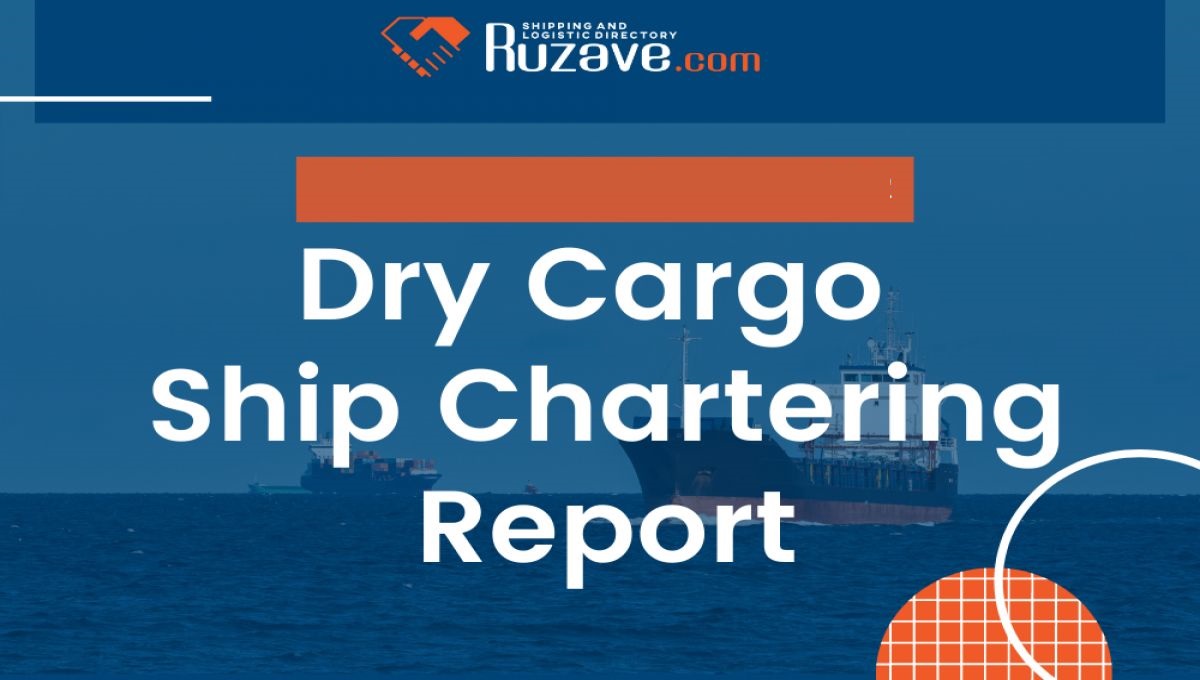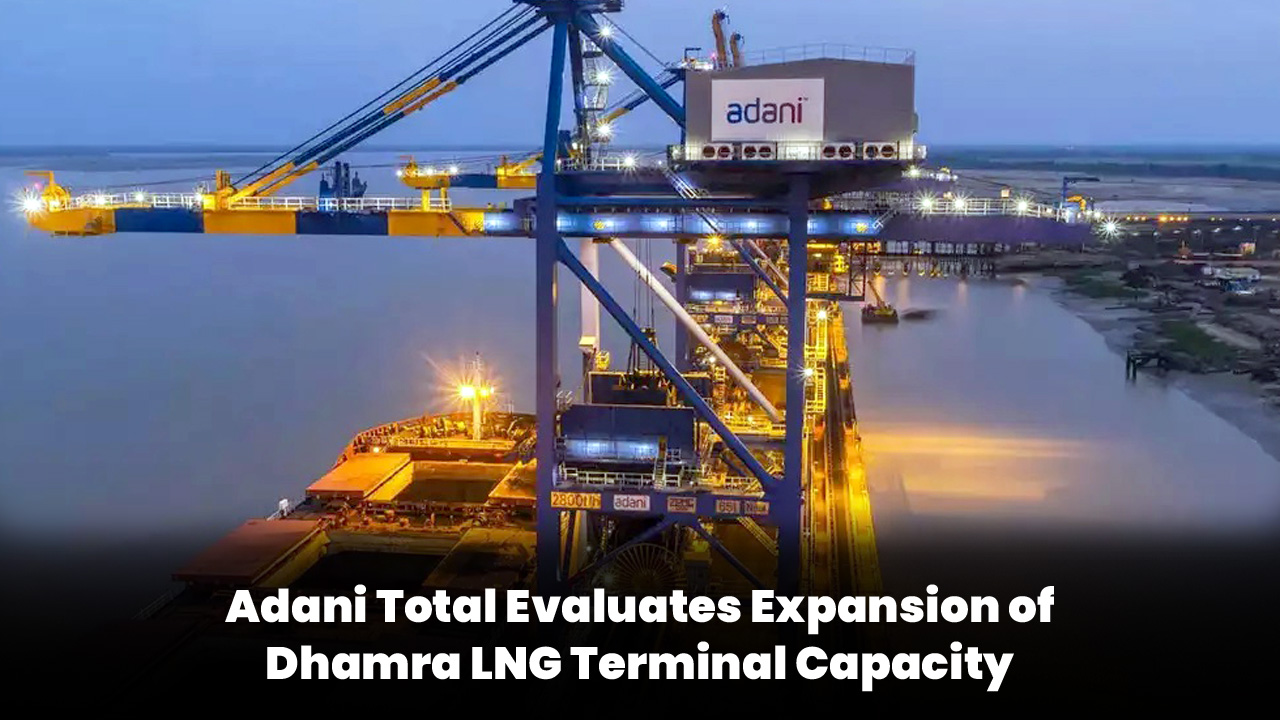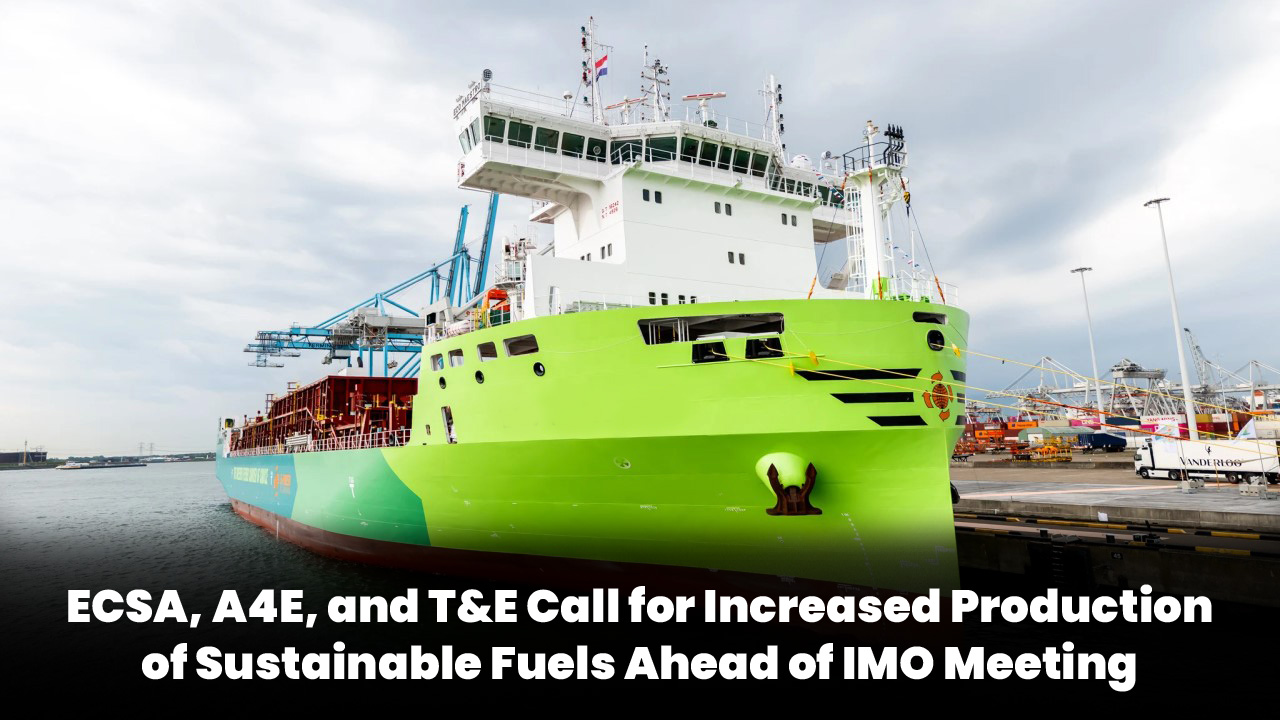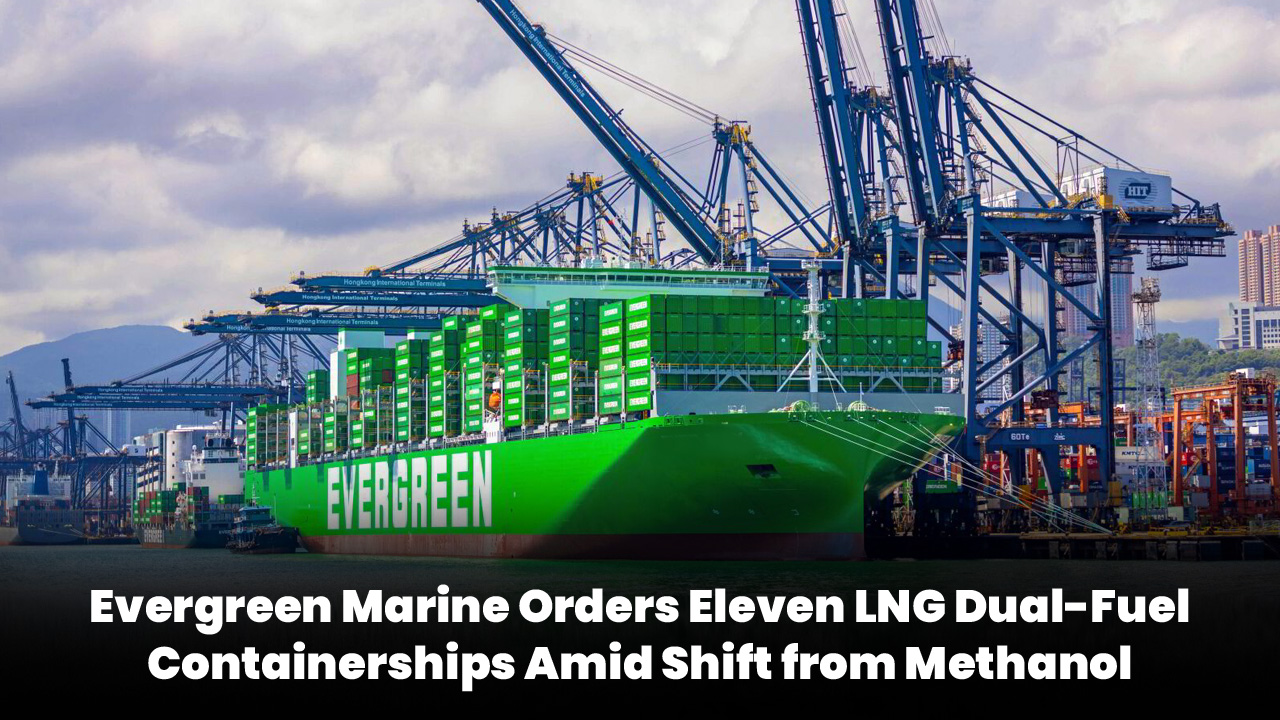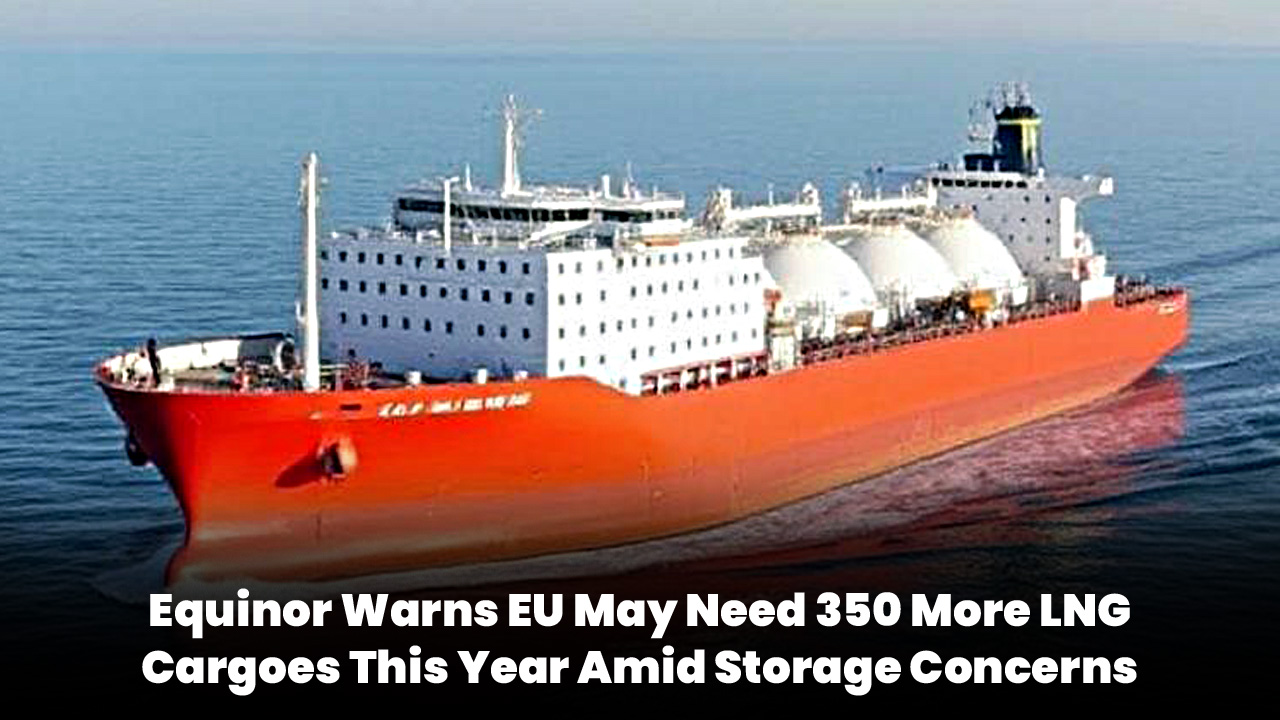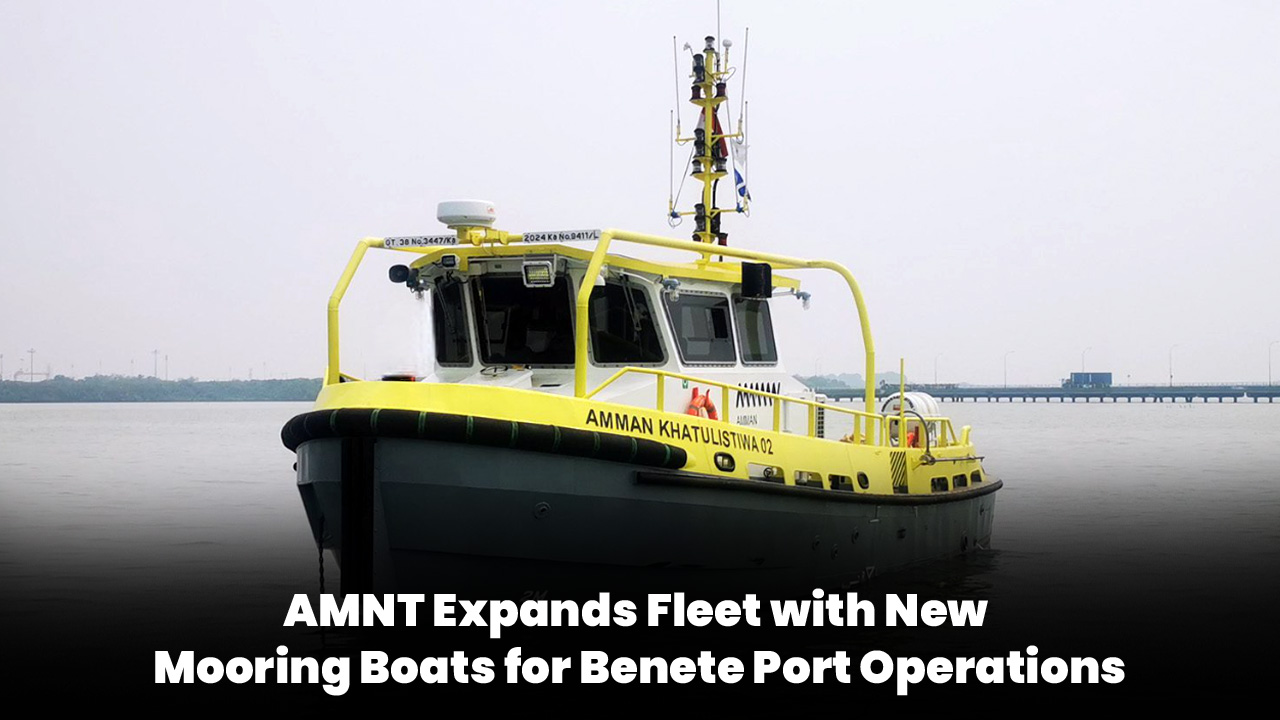The maritime shipping industry relies on daily assessments and market indices to understand trends, pricing changes, and emerging opportunities. The Ruzave Dry Bulk Report for 7th January 2025 provides detailed insights into the shipping landscape, covering the Baltic indices, reported fixtures, bunker prices, and market commentary across vessel classes.
2. Baltic Indices Analysis
2.1 Overview of Baltic Indices
Baltic indices serve as a key barometer of freight market health. They track the cost of chartering bulk carriers across major shipping routes globally. The four major vessel classes covered include:
Capesize (5TC Average): Typically used for transporting commodities such as iron ore and coal.
Panamax (5TC Average): Suitable for the Panama Canal and used for a variety of dry bulk cargo.
Supramax (10TC Average): A smaller bulk carrier often involved in more flexible trade routes.
Handysize (7TC Average): The smallest class, used for regional trade and ports with draft restrictions.
2.2 Index Trends on 7th January 2025
| Vessel Class | Index Average (USD/day) | Change |
|---|---|---|
| Capesize 5TC | $10,696 | -$711 |
| Panamax 5TC | $9,548 | +$190 |
| Supramax 10TC | $10,959 | -$213 |
| Handysize 7TC | $9,705 | -$179 |
2.3 Capesize Routes and Performance
The Capesize indices reflect fluctuations in several key routes:
C2 (Tubarao to Rotterdam): Rate declined by $0.150/ton to $8.471.
C3 (Tubarao to Qingdao): A significant drop by $0.645/ton, closing at $17.640/ton.
C5 (West Australia to Qingdao): Decreased by $0.435/ton to $6.840/ton.
The weakening trend reflects oversupply of vessels amid moderate demand. Pacific routes, although seeing healthy cargo flow, suffered from high vessel availability.
2.4 Panamax Market Trends
The Panamax market saw mild improvements:
The BPI (Baltic Panamax Index) rose by 21 points to 1,061.
Key routes such as the P1A_82 (Transatlantic Round Voyage) gained $332/day, reaching $11,235.
While the North Atlantic remains stable, significant bid/offer spreads created hesitancy among charterers.
2.5 Supramax and Handysize Analysis
Both Supramax and Handysize indices recorded declines. The Supramax 10TC fell by $213/day to $10,959, driven by weaker demand across the Atlantic and Asian regions. Similarly, the Handysize 7TC average dropped by $179/day to $9,705.
3. Reported Fixtures
Fixtures highlight finalized charter agreements between shipowners and charterers, indicating market activity.
3.1 Capesize Fixtures
"Anglo Jessica" (2010-built, 114,665 dwt): Fixed for Tubarao to India at $5,000/day + $100,000 ballast bonus.
Unnamed Vessel (170,000 dwt): Charter fixed at $6.85/ton for Dampier to Qingdao, illustrating weak sentiment.
3.2 Panamax Fixtures
"Ultra Puma" (2016-built, 81,855 dwt): Chiba delivery for a North Pacific trip at $9,250/day.
"Red Lily" (2017-built, 81,855 dwt): Fixed at $7,000/day for an Indonesia to South Korea trip.
3.3 Supramax Fixtures
"Star Monica" (2015-built, 60,935 dwt): Recalada to Peru with a grain cargo at $21,500/day.
"Hai Jin" (2013-built, 58,018 dwt): Fixed at $9,500/day for limestone cargo from Mina Saqr to West Coast India.
3.4 Handysize Fixtures
Activity for Handysize vessels was limited, reflecting subdued demand and post-holiday slowdowns.
4. Market Commentary
4.1 Capesize Sector
The Capesize market faced a slow post-holiday recovery:
The Atlantic market saw weak sentiment due to an oversupply of tonnage.
Pacific demand remained steady, but rates continued to face pressure. Fixtures in the Pacific hovered around $6.75 to $6.95/ton.
4.2 Panamax Sector
Atlantic: Owners held firm amid cautious charterer positions. However, Indonesia-origin cargo demand kept NoPac trips active.
Pacific: North Pacific routes saw increased interest as vessels were repositioned to Asia.
4.3 Supramax and Handysize Sectors
Supramax: The Atlantic region reported weak inquiries post-New Year, with average rates closing at $10,959.
Handysize: Regional routes in the Continent and U.S. Gulf remained under pressure, with 7TC averages declining to $9,705.
5. Bunker Price Movements
Fuel costs play a crucial role in chartering decisions. The report outlines bunker price fluctuations across major global ports:
| Port | VLSFO (USD/MT) | MGO (USD/MT) | IFO 380 (USD/MT) |
| Singapore | 565 (-3) | 697 (-5) | 474 (-4) |
| Fujairah | 557 (-4) | 760 (-5) | 464 (-3) |
| Los Angeles | 622 (-1) | 770 (0) | 507 (0) |
| Rotterdam | 538 (-3) | 676 (-4) | 465 (-4) |
Significant price movements were observed in Las Palmas, where VLSFO and MGO prices fell by $7/ton.
6. Regional Highlights
6.1 Atlantic Market
The Atlantic market remained sluggish due to vessel oversupply. Key routes such as Kamsar to Yantai saw fixture rates around $17.90/ton.
6.2 Pacific Market
The Pacific market showed mixed performance:
Rio Tinto chartered vessels at $6.85 and $6.75/ton for Dampier to Qingdao.
Increased coal movements from Port Hedland kept activity afloat, though rates stayed below $6.50/ton.
7. Market Outlook
Market participants anticipate improved demand as seasonal grain exports pick up in key regions. However, oversupply concerns and high vessel availability may continue to suppress charter rates in the short term.
Key Watchpoints:
Seasonal exports from the U.S. Gulf.
Potential weather disruptions affecting Australian ports.
The Ruzave Dry Bulk Report for 7 January 2025 underscores a mixed market performance influenced by post-holiday dynamics. Capesize and Handysize sectors remain under pressure due to vessel oversupply, while Panamax routes have shown slight resilience driven by Indonesian demand.
Industry stakeholders will need to closely monitor demand patterns and bunker price movements to make informed chartering decisions.

 All Categories
All Categories
